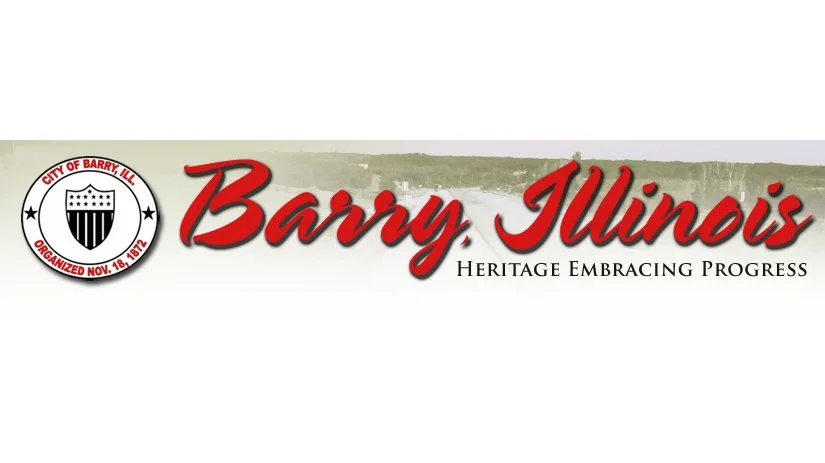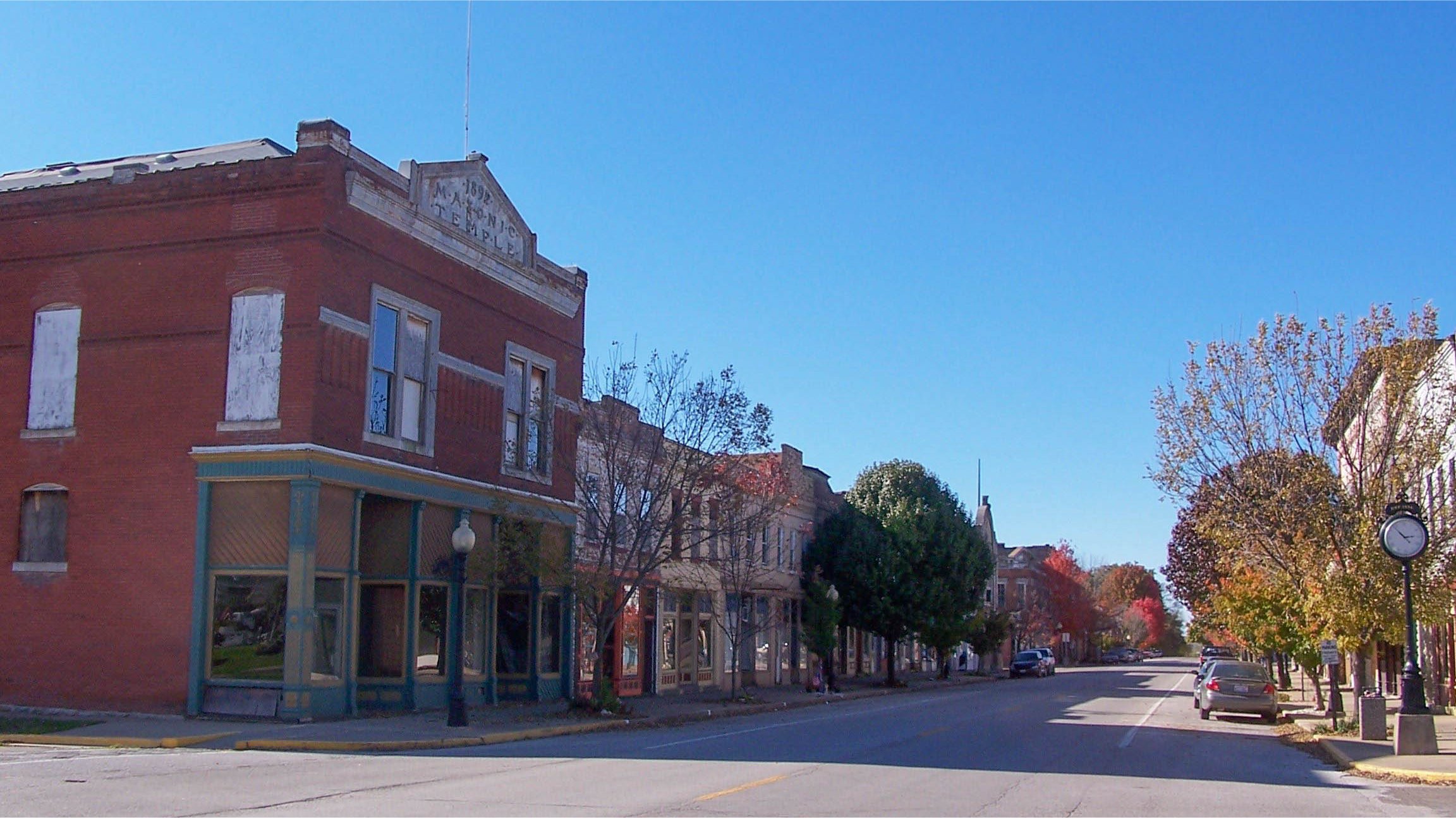Visitors Guide to Barry
Pike County, Illinois
"Heritage Embracing Progress"
In 1824 Rev. Daniel Edwards and Mr. Hadley became the first European settlers in the Barry area. The rich fertile soil, abundant forests, and running streams attracted many other immigrants to this land of “milk and honey.” After the U.S. Army and state militias Americans defeated Black Hawk in 1832 the land in northern and northwestern Illinois was opened up to American settlers. During the early and mid 1830s speculative fever had seized the nation in all aspects of the economy, but especially to western land. A large number of towns were platted by speculators between 1835 and 1837 in Illinois. In 1836 two towns were laid out by rival firms in the Barry vicinity. Agents of the firm of Stone, Field & Marks of St. Louis laid out the town of Worcester while another town was laid out about one mile east of Worcester named Reedfield. Six weeks after Worcester was platted the first residents, David Greene and his family, moved into town.
Most of the streets in Worcester were named after naval officers of the War of 1812. Four special blocks were laid out and named Church, College, Market, and Merchant Squares as part of a master plan to take care of the needs of the town. The plan also included seven parks of which only one, Lafayette Park remains today. Unlike many towns, businesses in Worcester were not confined to the blocks facing the public square, in this case the Lafayette Park. Only the west and north sides are commercial while the other two sides have residences. In 1839, the town petitioned the state to establish a post office and found out that there was already a Worcester, Illinois. A prominent citizen, Mrs. Mary Brown, was given the honor of naming the new town and she chose the name of her Vermont home, Barre. When the petition was recorded an error was made and the name was misspelled Barry and has been known by that title ever since. Barry was organized as a township in April of 1850.
The late 1850s and early 1860s were turbulent times for Barry. In 1858 the countryside was overrun with thieves who stole horses and anything else they could lay their hands on. A vigilance committee composed of leading citizens was organized and one man was shot while stealing a horse and his cousin was caught and hung. These acts aroused indignation and excitement, but they accomplished their purpose and thieving abated in short order. During the Civil War the countryside was invaded by “bushwhackers” from Missouri. After one man was killed in 1864 the populace formed armed organizations and drove the marauders from the county. Patriotism also ran high in Barry and the community contributed its full quota of “soldier boys.”
Business activity during Barry’s early years was limited. The money in circulation was principally Mexican dollars and currency was rare. The farmers had little to sell and only purchased items that were absolutely needed. It wasn’t until the Hannibal & Naples railway came to town that in 1869 did farming become a profitable venture. The coming of the railroad was a catalyst for Barry’s "golden" era of growth and development. In 1894 and 1913 downtown Barry was affected by significant fires and as a result most of the architecture of the business district is from the late 19th and early 20th century. During the past few years, many of these buildings have been restored to their turn of the century elegance. One of the best times to visit Barry is in October when the town hosts its annual Apple Festival and is part of the Pike County Color Drive.











